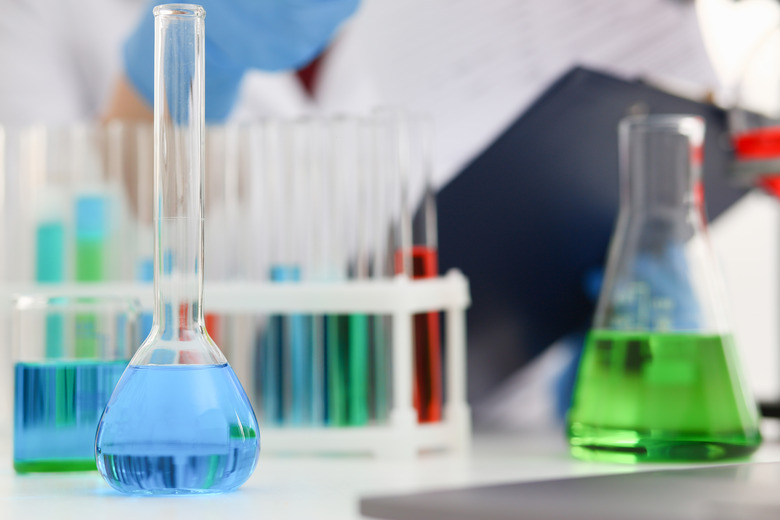5 Ways To Know If A Chemical Change Has Occurred
Elements, atoms and compounds are often too small for you to see individually. So how can you know if a chemical change has occurred? Luckily, you often don't need any sort of microscope; there are plenty of chemical changes that you can see. Let's take a look at some of the ways you can identify the evidence of a chemical change.
What Is a Chemical Reaction or a Chemical Change?
What Is a Chemical Reaction or a Chemical Change?
A chemical reaction takes place when one or more substances are changed into a new substance. This means that the chemical composition of a substance changes. It is important to remember that matter is neither created nor destroyed in a chemical reaction. Instead, a substance is simply rearranged to form another one. This new substance can be in any state of matter. Here are the five signs of chemical change.
1. Color Change
1. Color Change
You've probably seen this kind of chemical change before if you have left your shiny blue bike outside over the rainy winter for too long. You saw rust, of course. Rust forms on your bike when the iron in the metal frame reacts with the oxygen and water in the air. It forms a new compound called iron oxide. This change in color, from blue to reddish brown, indicates that a chemical change has taken place.
2. Temperature Change
2. Temperature Change
When energy is either absorbed or released, it is indicative of a chemical change. Fireworks are an example of a chemical change that produces a temperature change and emits light. Fireworks contain fuel and an oxidizing agent. As the oxidizer breaks down the fuel, it releases an enormous amount of energy. Some of this energy is released as heat, so remember to not get too close!
3. Precipitate Formation
3. Precipitate Formation
When two salts are mixed, it is possible for a solid substance to form and precipitate out of solution. This means that if you start with two liquids and then see a solid substance in your beaker, it is clear evidence of a chemical change.
Precipitation reactions are very important in making sure water is safe for human consumption. Water purification facilities make use of the fact that they can add a chemical to the water which will react with an impurity in the water and precipitate. Then the now-pure water can be removed from the solid which contains the impurities.
4. Gas Production
4. Gas Production
Production of gas is a clear sign that a chemical change has occurred. A quite delicious example of that is baking a cake. When you bite into a moist cake and see the tiny holes in the cake, this is indicative of the rising agent (either baking soda or baking powder) reacting with the acidic components of the cake to create carbon dioxide. This gas is what helps a cake rise in the oven.
Given this information, would water boiling be an example of a chemical change?
You may be tempted to say, "Well, I see bubbles! That means there is a chemical change." It is important to keep in mind that even though the phase of the water has changed, the chemical structure has not, and you have not made a new compound or destroyed a compound, which is important when it comes to evidence of a chemical change. Instead, this kind of change is called a physical change.
Make sure you keep in mind what a chemical change really is when looking at different chemical states.
5. Light Emission
5. Light Emission
Is the light bulb going on by now? There are many reactions that produce light and allow you to see that a chemical reaction has taken place. One example that you may have even witnessed firsthand is the reaction in a light stick. When you bend the light stick and break the small glass vial on the inside you initiate a reaction between hydrogen peroxide and phenyl oxalate ester, which results in the emission of light.
Cite This Article
MLA
Gupta, Riti. "5 Ways To Know If A Chemical Change Has Occurred" sciencing.com, https://www.sciencing.com/5-ways-chemical-change-occurred-10025863/. 1 February 2020.
APA
Gupta, Riti. (2020, February 1). 5 Ways To Know If A Chemical Change Has Occurred. sciencing.com. Retrieved from https://www.sciencing.com/5-ways-chemical-change-occurred-10025863/
Chicago
Gupta, Riti. 5 Ways To Know If A Chemical Change Has Occurred last modified August 30, 2022. https://www.sciencing.com/5-ways-chemical-change-occurred-10025863/
